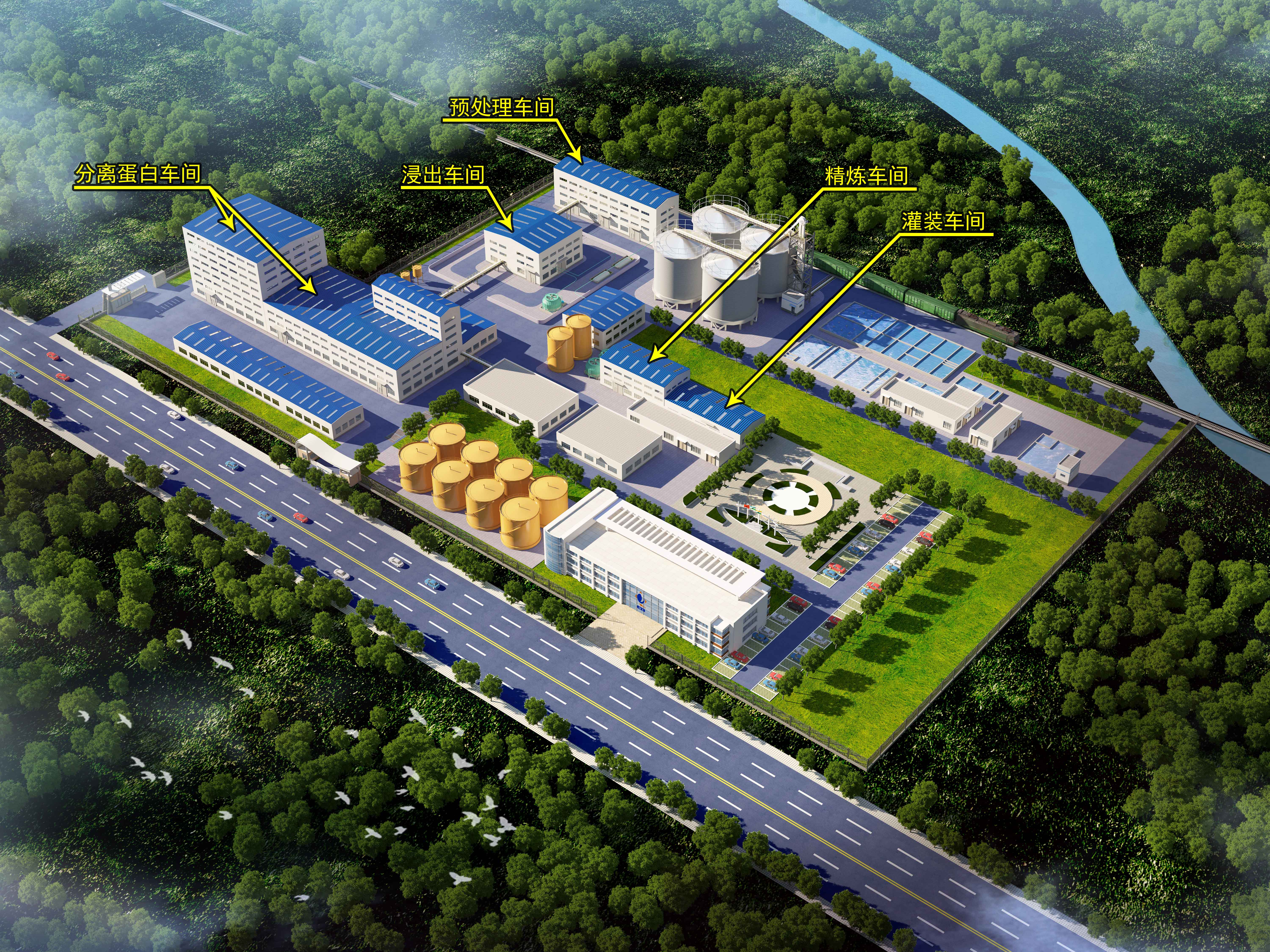Soya oil extraction plants play a significant role in the soybean oil industry by providing efficient methods for extracting oil from soybeans. As both an edible oil and an industrial product, soybean oil has grown in popularity due to its versatility and nutritional benefits. In this article, we will explore the key aspects of soya oil extraction plants, ranging from their types and processes to their applications in various industries.
There are two main types of soya oil extraction plants, each tailored to meet specific production demands:
These plants primarily utilize mechanical pressing methods for oil extraction. They are designed for local production or small businesses, requiring lower initial investment and simpler operations. Although their oil yield may be limited compared to larger facilities, they are highly cost-effective for smaller operations.
Large-scale plants combine mechanical pressing and solvent extraction techniques to maximize oil recovery. They can handle substantial quantities of soybeans, producing high volumes of oil. These facilities are equipped with advanced refining units to ensure the production of high-quality edible oils and industrial products. Furthermore, by-products like soybean meal and soy lecithin contribute to additional revenue streams.
The crude oil extracted from soybeans contains various impurities. Refining is essential to enhance the oil's quality for both human consumption and industrial use. Key steps in the oil refining process include:
This step involves removing phospholipids by using water or acid to create a gum-free oil that has an extended shelf life.
Free fatty acids are neutralized using alkali, resulting in soap stock that is separated from the oil.
Color pigments are removed to enhance the oil’s aesthetic appeal.
Volatile compounds responsible for undesirable taste and smell are eliminated through steam distillation.
The efficiency of oil extraction relies on several critical processes:
This includes cleaning to remove contaminants and dehulling to improve extraction efficiency.
Soybeans are crushed to increase surface area, and then flattened in roller mills to prepare for extraction.
Heating the flakes helps to soften the material, facilitating more effective oil extraction.
The extraction methods can be mechanical, solvent-based, or a combination, depending on the scale and goals of the production.
Numerous benefits can be observed when operating a soya oil extraction plant:
Soya oil finds its applications in multiple sectors:
When planning to establish a soya oil extraction plant, several factors should be given serious consideration:
In summary, soya oil extraction plants offer an innovative solution for maximizing oil yield and quality, serving a diverse range of markets. From small-scale operations that cater to local needs to large facilities capable of significant production, these plants are vital in meeting the growing demand for soybean oil. If you wish to dive deeper into specific plant setups, machinery suppliers, or cost estimations, feel free to reach out for more tailored insights.



